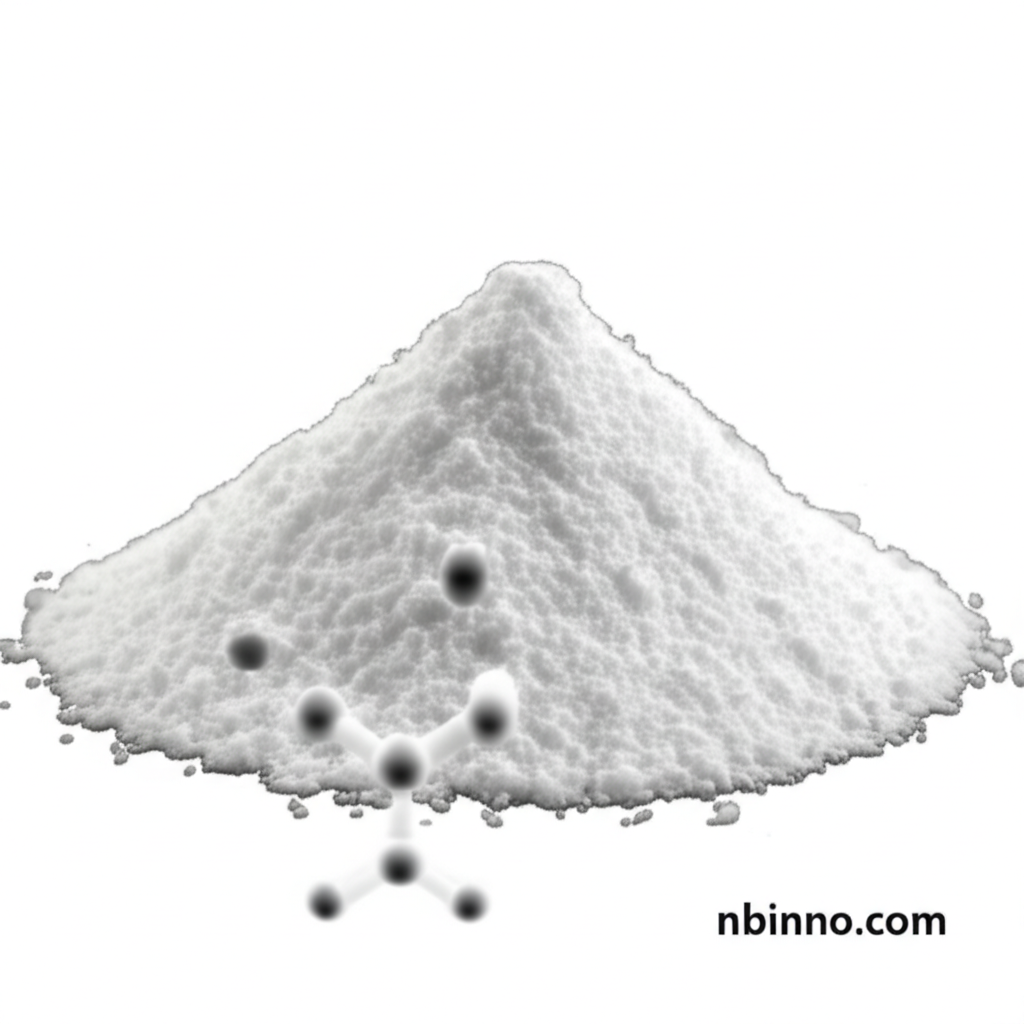2,3-Pyrazinedicarboxylic Acid: A Key Chemical Intermediate
Explore the properties, uses, and synthesis of 2,3-Pyrazinedicarboxylic Acid, a vital compound in chemical synthesis.
Get a Quote & SampleProduct Core Value

2,3-Pyrazinedicarboxylic Acid
This versatile compound serves as a critical intermediate in the production of pharmaceuticals, most notably the anti-tuberculosis drug pyrazinamide. Its dicarboxylate structure also makes it a valuable ligand in coordination and supramolecular chemistry, facilitating the creation of complex metal-organic frameworks and novel materials. Its applications extend into organic synthesis, where it is utilized as a reagent to build intricate molecular structures.
- The 2,3-pyrazinedicarboxylic acid synthesis pathways allow for its use as a key raw material for organic synthesis, contributing to the development of new pharmaceuticals.
- This chemical intermediate's properties are fundamental for its role as a coordination chemistry ligand, enabling the formation of intricate material structures.
- Understanding the 2,3-pyrazinedicarboxylic acid properties is crucial for its effective application in various scientific disciplines.
- The product acts as an important building block in material science applications, offering unique structural and functional characteristics.
Advantages Offered by the Product
Pharmaceutical Intermediate Role
As an intermediate for the anti-tuberculosis drug pyrazinamide, this compound plays a significant role in public health initiatives, showcasing its importance in medicinal chemistry and the fight against diseases. The pyrazinedicarboxylic acid intermediate quality directly impacts the efficacy of the final drug product.
Versatile Ligand in Chemistry
Its nature as a dicarboxylate ligand makes it highly sought after in coordination and supramolecular chemistry. Researchers leverage this property for crystal engineering and the synthesis of transition metal complexes, opening doors for advanced material development and understanding of chemical interactions.
Broad Organic Synthesis Utility
The compound's molecular structure and reactivity make it a valuable reagent in various organic synthesis reactions. It aids in constructing complex organic molecules, which is essential for developing new chemicals, materials, and pharmaceuticals, highlighting the significance of chemical synthesis reagent.
Key Applications
Pharmaceutical Synthesis
Primarily used as an intermediate for the anti-tuberculosis drug pyrazinamide, contributing to global health solutions and demonstrating its value in the pharmaceutical industry. The search for pyrazinedicarboxylic acid pharmaceutical intermediate is ongoing for quality manufacturing.
Coordination Chemistry
Serves as a crucial ligand for forming transition metal complexes and coordination polymers, enabling research in supramolecular chemistry and the creation of novel functional materials. Its role as a coordination chemistry ligand is pivotal for these advanced applications.
Organic Synthesis
Employed as a reagent in diverse organic synthesis pathways to construct complex molecular architectures, essential for the research and development of new chemical compounds and advanced materials. Its utility as a chemical synthesis reagent is widely recognized.
Material Science
The compound's structural characteristics lend themselves to applications in material science, including the development of polymers with specific properties and the engineering of crystalline materials. The study of material science applications of this acid is an active research area.
